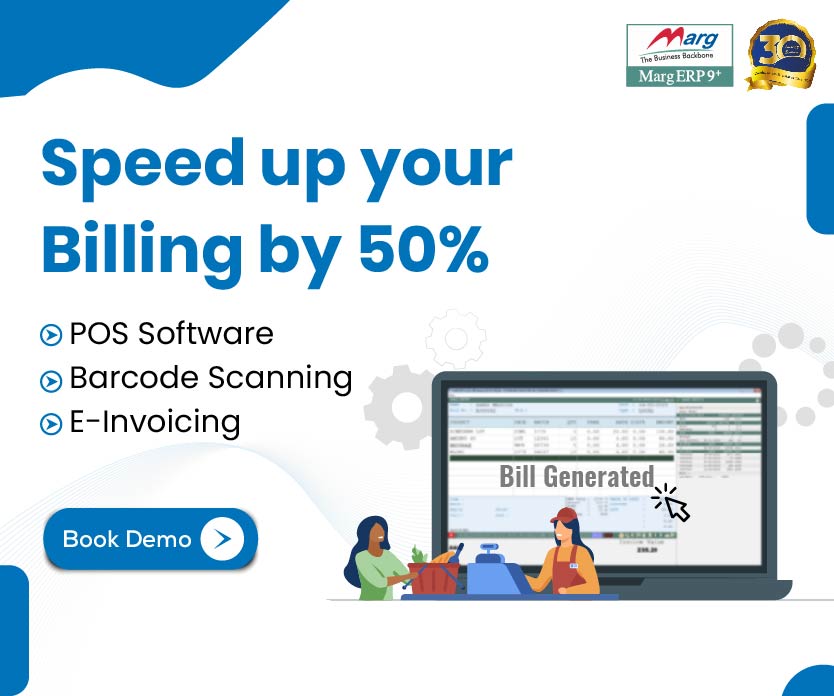Table of Contents
ToggleLatest Update
In the second amendment to the Companies Account Rules, 2014 issued MCA deferred the previous amendments by a year of the notice issued on March 24 just a week after its announcement.
MCA deferred the amendment to the companies using accounting software for managing their accounts requiring accounting software that includes audit trail features.
Now audit trail feature will be mandatory from 1st April 2023 tentatively.
Audit Trail Introduction
On March 24, 2021, the Ministry of Corporate Affairs issued a notification directing companies using accounting software for handling their accounts to choose software that is enabled with an audit trail option. The software must record an audit trail of every transaction that is carried out. This rule comes under the Companies Amendment Rules, 2021, and will come into effect from 1 April 2023. In short, the accounting software must comply with the following:
- Record an audit trail of every transaction that takes place
- Create an edit log of each & every change occurring in the books, along with the date and user details
- It must ensure that the user cannot disable the audit trail
What is an Audit Trail Process?
Audit trails are the manual or electronic records that are saved chronologically to provide support documentation and history that is used to authenticate security and operational actions. These records provide evidence of compliance and operational uprightness. Audit trails can also distinguish areas of non-compliance by providing information for audit investigations. Whether it is for an e-commerce site, business transactions, healthcare activity, or legitimizing the outcome of an election, an audit trail validates actions and outcomes. Audit trail records will contain details that include the date, time, and user information associated with the transaction.
Introducing Audit Trail Inside Marg ERP
In accordance with this new rule, Marg ERP has updated its audit trail feature for users in India. Marg ERP is committed to providing all types of facilities to its customers, as per the policies issued by the government, Marg ERP has made the facility of audit trail available in software, which benefits from April 1, 2023, as you open a new financial year in the software.
The Law
The Ministry of Corporate Affairs (MCA) recently issued a notification, Gazette Notification No. GSR 205 (E) dated 24th March 2021 – Amendment to Rule 3(1) of Companies (Accounts) Rules 2014 which seeks to bring a host of reforms and improvements in the way businesses to operate in India.
The following sections of the notification concern small and medium businesses and software providers
- A provision to Rule 3 (1) of the Companies (Accounts) Rules, 2014 reads, “Provided that for the financial year commencing on or after the 1st day of April 2021, every company which uses accounting software for maintaining its books of account, shall only use a software that has a feature for recording audit trail of each and every transaction, creating an edit log of each change made in the books of accounts along with the date when such changes were made and ensuring that the audit trail cannot be disabled.”
- Point (g) of Companies (Audit and Auditors) Amendment Rules, 2021, which reads as – whether the company has used such accounting software for maintaining its books of account which has the feature of recording Audit Trail (edit log) facility and the same has been operated throughout the year for all transactions recorded in the software and the Audit Trail feature has not been tampered with and the audit trail feature has been preserved by the company as per the statutory requirements for record retention
What Are The Impacts Of Audit Trail?
The new rule has an impact on auditors, businesses, and software providers. There are concerns that arise from the operational areas of businesses and there are still unclear remaining details that need to be understood and highlighted.
The audit trail aims to discourage fraudulent activities, track, and penalize irrelevant changes in accounting entries.
Although for safe accounting and control perspective, audit trail has existed for a long time inside Marg ERP in the form of a logbook. Now to cope up with the latest amendments, Marg ERP has made the necessary changes in the software & updated it to the latest.
The notice mandates implementation of audit trail from 1st of April 2021, which is less than a week from when the notice was issued. Such a rushed implementation can trigger confusion, mistrust, and resistance from businesses. This may increase the cost of compliance and pressure on the accountants’ community if the software is not capable to save audit trail. To make the job easy and for a successful and collaborative implementation of an audit trail in India, Marg ERP is all ready to start from 1st April 2021.








































